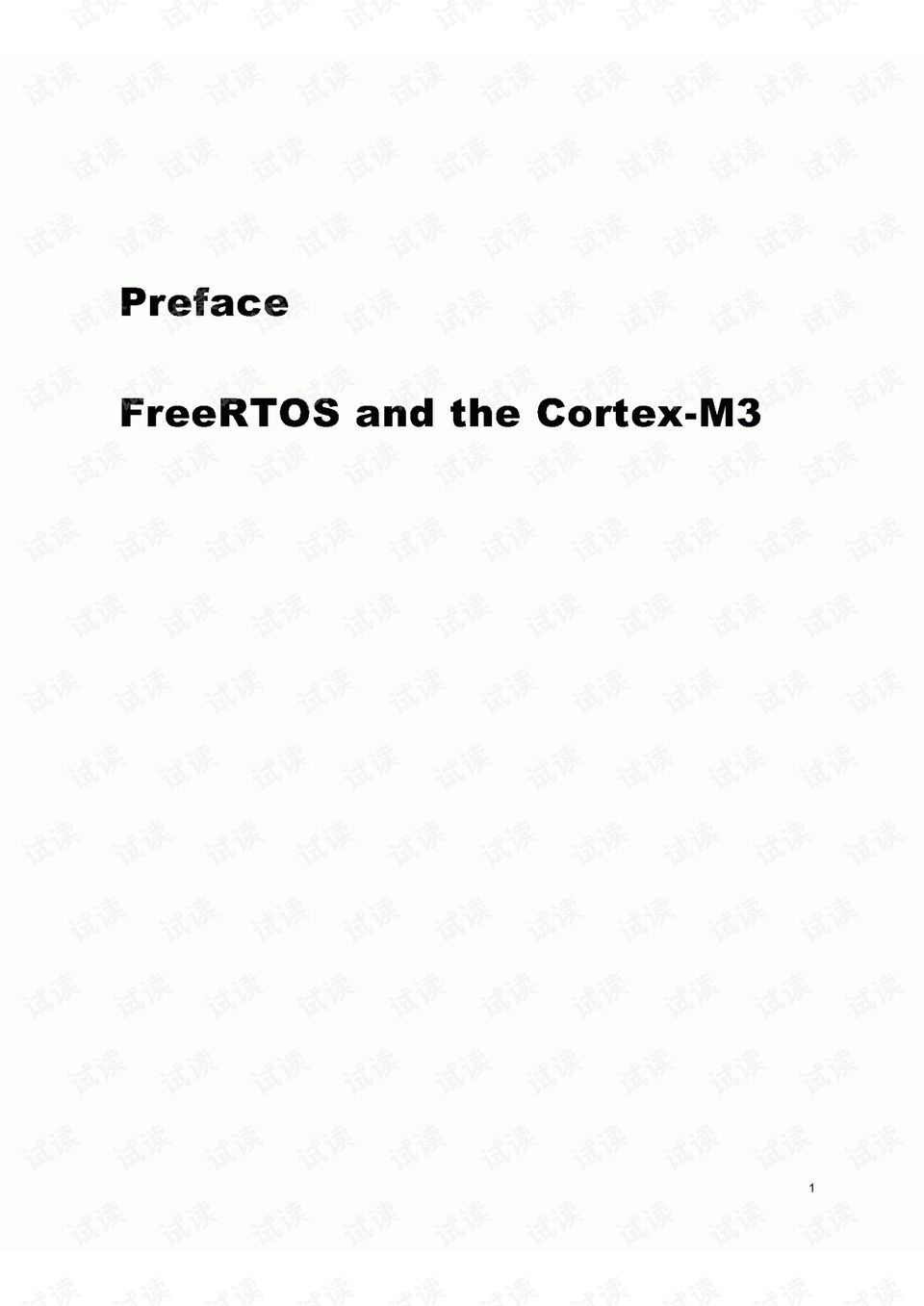Title: A Visual Guide to Real Leather Identification
This visual guide to real leather identification will help you identify the genuine article from the fakes. From the texture and color of the leather to the stitching and logo, there are a number of key indicators that can help you make an informed decision.Firstly, real leather has a unique texture that is often described as being soft and supple. The surface of the leather also has a natural grain that adds to its authenticity. When you touch real leather, it should feel comfortable and warm to the touch.Secondly, the color of real leather is often richer and more vibrant than fake leather. This is because real leather is often stained or dyed using natural pigments, which give it a more natural and attractive appearance.Thirdly, the stitching on real leather is often more precise and cleaner than on fake leather. The threads used in stitching real leather are often stronger and more durable, which means that they will not easily break or tear.Finally, the logo on real leather is often more prominent and clearly visible than on fake leather. This is because the logo is often stamped or printed onto the leather using high-quality techniques that ensure its durability and visibility.By taking these factors into account, you can identify real leather with confidence and make an informed decision about your purchase.
When it comes to leather products, the ability to identify real leather from fake often requires a keen eye and some knowledge of the subject. From handbags to shoes, jackets to wallets, leather products are ubiquitous in our wardrobe and lifestyle. But with the rise of synthetic materials and imitation leather, it can be challenging to distinguish the real thing from a knock-off.
Fortunately, there are a few key ways to identify real leather that can help you make a more informed purchase. In this visual guide, we’ll explore the different methods to help you become a leather-spotting pro.
1、Inspect the surface
One of the most basic ways to identify real leather is by examining its surface. Real leather, whether it’s cowhide, sheepskin, or another type of animal skin, will have a unique texture and pattern that can’t be replicated by synthetic materials. Look for signs of natural grain, wrinkles, or even scar tissue to give the leather its characteristic look and feel.

2、Check the back
Many synthetic or imitation leathers will have a lining on the inside to give it more structure or comfort. However, real leather does not usually have this lining. By looking at the back of the leather product, you can often see if it’s real or not. Real leather will also have a more uniform color and texture on both sides, while synthetic materials may have a different color or texture on the back.
3、Feel the texture
The texture of real leather is often smooth and soft to the touch, but it can also have a more rugged or textured feel depending on the type of animal skin it is. Fake or synthetic leathers, on the other hand, may feel more plastic-like or lack any texture at all. By running your hand over the leather, you can often get a sense of its authenticity.

4、Test for flexibility
Real leather has natural elasticity and flexibility that allows it to be worn comfortably over time. Synthetic materials, on the other hand, may become stiff or uncomfortable as they age. To test for flexibility, gently pull on a small section of the leather to see if it stretches or bends easily. Real leather will have some give to it while synthetic materials may feel more resistant.
5、Consider the cost
While cost is not always an indicator of quality, it can be a factor in determining the authenticity of a leather product. Real leather products, especially those made from high-quality animal skin, can be quite expensive. On the other hand, synthetic or imitation leathers are often much cheaper. If you find a leather product that is significantly cheaper than others on the market, it may be worth investigating further to see if it’s real or not.

In conclusion, identifying real leather from fake can take some time and effort. However, with a little knowledge and observation, you can learn to spot the signs of authenticity in no time. From inspecting the surface to testing for flexibility, these methods will help you make more informed purchases when it comes to leather products.
Articles related to the knowledge points of this article:
Title: Discovering the Perfect Tie: A Guide to Purchasing the Perfect Bow Tie
Title: Mastering the Art of Tie Tying: A Comprehensive Tutorial on How to Tie a Tie
Title: Masterclass in Matching Wine Red Ties with Blouses: A Style Guide for the Discerning Man



